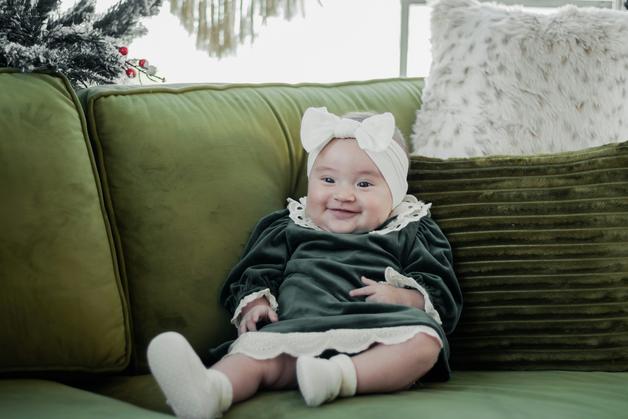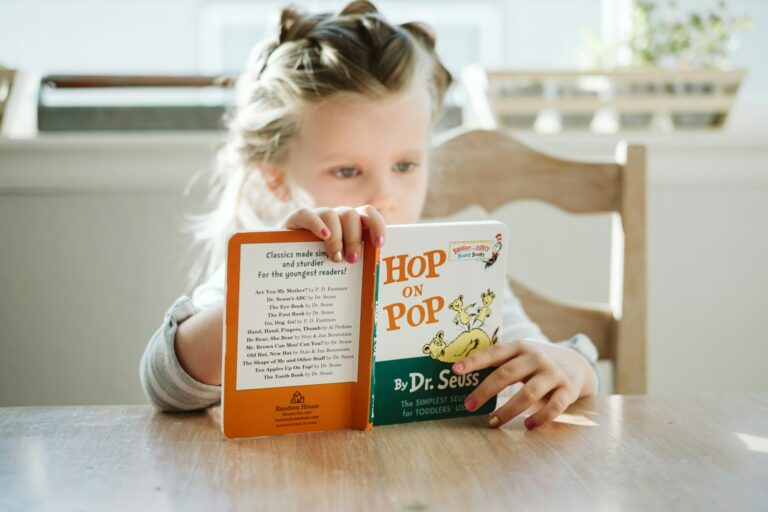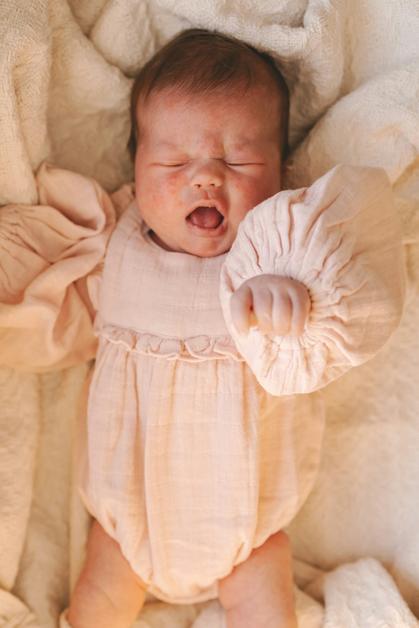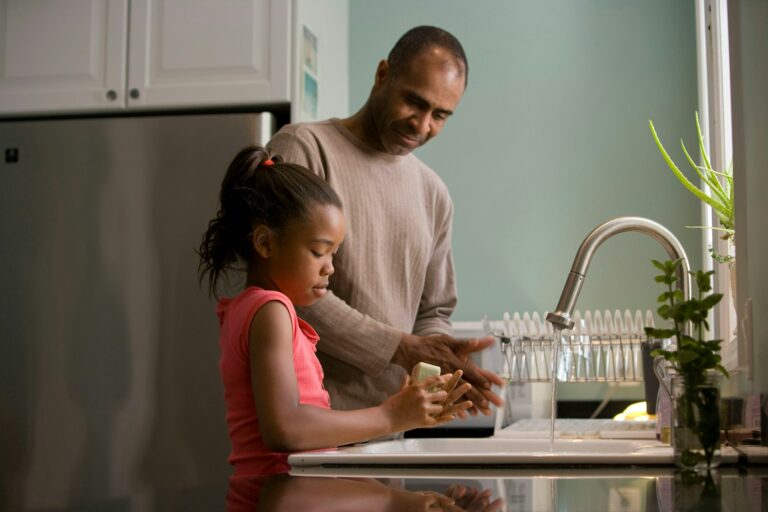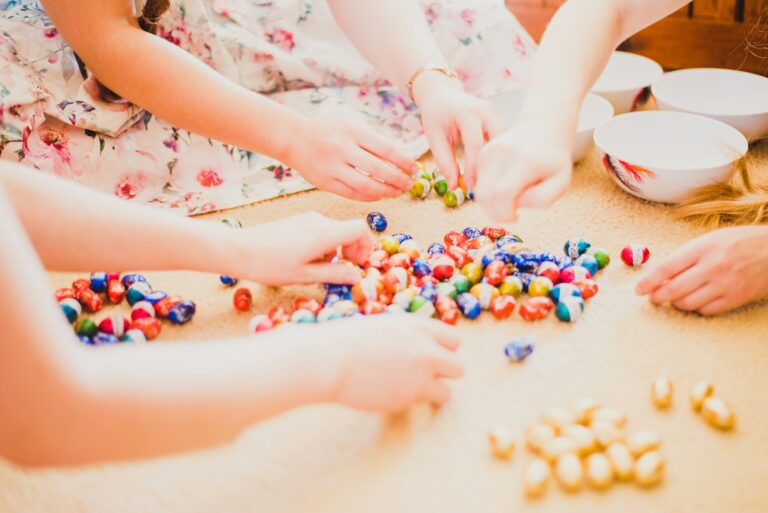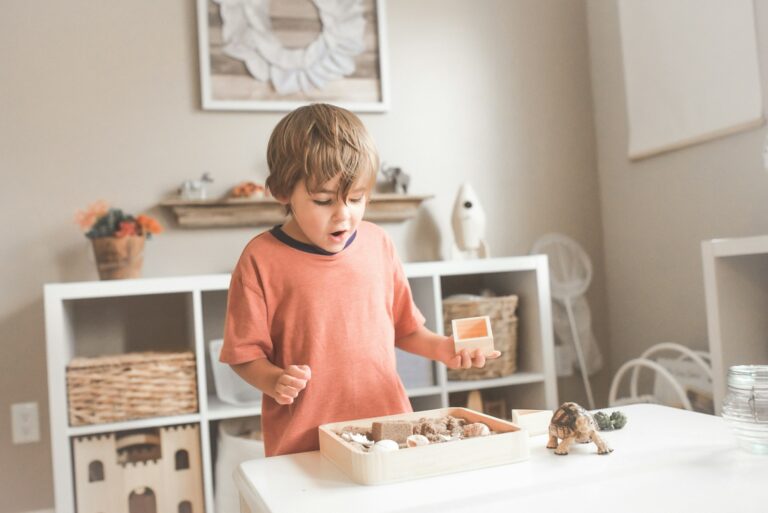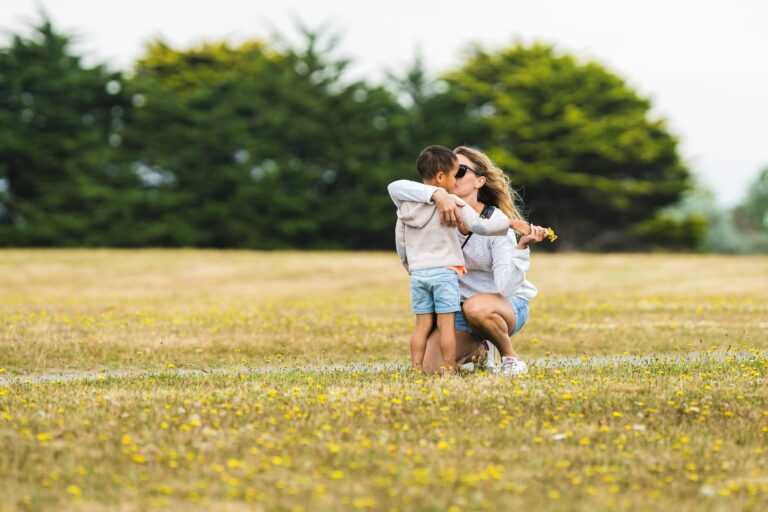The very first step, as many parents quickly discover, is far from simply choosing an adorable pair of shoes—it’s about supporting delicate feet, soft cartilage, and rapid changes that will have lifelong consequences for posture and comfort. Suddenly, a simple decision feels far more complex. How can you tell if the baby shoe size is truly right? What if your child hates wearing shoes, or if their toes seem to spread like little starfish? Maybe you’ve noticed that their feet are constantly growing, or worry that shoes might restrict movement and sensorimotor development. The nuances of baby foot health—bone growth, joint mobility, nerve maturation—all come into play here. From developmental milestones to seasonal concerns, allow yourself a moment to breathe: these worries are normal. Here is an approach combining up-to-date pediatric knowledge and practical options that let you make confident, informed choices for your child’s growing feet.
The unique anatomy of infant feet: more than meets the eye
Babies are born with feet resembling miniature cushions—plump, devoid of visible arches, and astonishingly flexible. This extra fatty padding cleverly hides the fact that the underlying structure isn’t fully ossified; most of those bones are still cartilage, which explains why early pressure or compression can impact foot shape for years. Pediatric orthopedists have observed that the arch of the foot only becomes truly visible as walking strengthens muscles and connective tissue. At birth, almost all infants will appear “flat-footed.” This is not a defect. Instead, it’s nature’s shock absorber.
Why does this matter for baby shoe size? Simple: shoes with rigid soles or narrow shapes may restrict the spread and upward formation of the arch. In addition, infants possess highly sensitive cutaneous nerves on the foot’s plantar (underside) surface, making barefoot time indoors invaluable—it allows their nervous system to “map” textures, subtle slopes, and pressure points. Sensory feedback helps with balance, proprioception (body awareness), and efficient step patterns. Pediatric societies recommend non-slip socks during colder months but encourage bare feet whenever possible at home, reserving shoes for outdoor use or specific protection.
Measuring your baby’s feet: precision, patience, and a dash of observation
The act of determining the right baby shoe size is a blend of science and skill. Foot length—measured from heel to the longest toe—is just the start. Did you know foot width varies significantly between babies? Some have “wide” feet (sometimes called “duck feet”) while others are narrow, especially if there’s a familial pattern. To measure accurately:
- Place your child’s foot flat (either standing or gently pressed down if not yet walking) on white paper.
- Trace the entire outline, especially keeping toes relaxed and flat.
- Measure both length and the widest point using a straight ruler or a soft tape.
- Always compare both feet—use the larger measurement.
Why in the afternoon? Feet tend to swell slightly as the day progresses, so measurements will be most realistic then. Repeat the process every 2 to 3 months; rapid periods of growth are common, and changes may catch you off guard. A foot gauge, printable chart, or even a standard medical Brannock device sharpens accuracy, but parental attention is a major asset here.
Shoe size charts and international conversions: decoding the numbers
The global frustration with baby shoe size probably started when parents encountered American (US), British (UK), and European (EU) charts, none of which align directly. Generally:
- US infant sizes run from 0 (around 3.5 to 3.75 inches / 9–9.5 cm) up to size 6 (about 5.5 inches / 14 cm) by age two.
- EU sizes typically start at 16.
- UK sizing begins at 0 for the tiniest toes.
But beware: manufacturers may differ by millimeters, and age-based labels are notoriously unreliable. Growth spurts can happen in spectacular bursts, and one child’s “size 5” may be another’s “size 3.” Always prioritize direct measurement over the temptation to guess. When shopping online (a common scenario), consult brand-specific conversion charts and ensure a “growth margin”—the gap between the longest toe and shoe tip—of roughly one centimeter (about a thumb’s width). This not only accommodates swift changes, but guards against pressure-related deformities like hallux valgus (“bunion formation”) or overlapping toes.
Choosing appropriate shoes for each developmental stage
Why does a pre-walker need shoes at all? In most cases—they don’t. Soft-soled, highly flexible shoes (or even no shoes) are ideal for babies who are exploring their environment mostly through crawling, cruising, or toddling on safe surfaces. The medical rationale? Soft shoes allow the intrinsic muscles of the foot to contract and stretch naturally, supporting healthy alignment and neurodevelopment.
Once outdoor walking becomes routine, however, priorities shift. Look for:
- Flexible but supportive soles that bend at the forefoot, replicating the natural flex point.
- Adjustable closure (like Velcro or straps) to adapt to variable instep height and width.
- Breathable, hypoallergenic materials such as natural leather or mesh to avoid fungal or allergic irritation.
- Anti-slip sole designs to reduce falls, especially on wet or cold terrain.
If your child has a wide or chubby foot, specialty brands offering variable widths or ultra-soft uppers can sidestep pinching and compression. Red marks, persistent indentations, or complaints of discomfort are red flags that warrant immediate change.
The “growth margin,” sock test, and re-evaluating fit
Here’s the paradox of baby shoe size—if it’s too tight, you risk blisters, ungainly walking patterns (sometimes parents notice “toeing in” or out-turning), or long-term musculoskeletal adaptation. Yet shoes that are too large reduce proprioception, increase falls, and interfere with gait acquisition. The “thumb rule” provides a pragmatic, evidence-backed buffer: leave 8–14 mm—roughly the width of your thumb—between the longest toe and the toe box. Always test with the intended socks, since even minor thickness differences can affect fit.
An often-overlooked check is the heel test: if you can slip your pinky with slight resistance between the heel and shoe back, the fit is likely good. Watch for signs—red marks, difficulty donning shoes, your child resisting—these suggest it’s time to size up. Shoes that easily slip off or result in tripping are probably too large.
Buying in advance (“to grow into”) may seem practical, but it’s linked, according to pediatric research, with delayed gait maturation and more frequent falls.
When and how to size up responsibly
One of the quirks of childhood? Unpredictable spurts of foot growth—half a size every few months isn’t unusual in the first two years. Look for:
- Redness post-wear or indentations.
- Obvious difficulty during shoe application.
- Verbal or non-verbal expression of discomfort (younger children may simply refuse shoes).
Re-evaluate every 2–3 months, particularly after illnesses or visible growth spurts. For winter, consider thermal, insulated footwear, integrating thicker socks for warmth without sacrificing the growth margin. During warm months, opt for lightweight sandals or mesh shoes. Always err slightly on the side of comfort, but resist the urge to oversize.
Passing down shoes among siblings or friends? Not recommended. Each baby’s unique gait, weight, and toe splay means shoes quickly conform to one user’s anatomy, failing to support a subsequent child.
The careful transition from barefoot to shoes
Transitioning into shoes isn’t a moment but a gradual process. Let curiosity lead—first-explorers benefit from tactile engagement with floors, grass, or sand. Once shoes are needed, begin with short periods, soft structures, and avoid “stiffeners” or arch supports in the first years unless a medical professional prescribes them for specific orthopedic indications.
Observation is your best tool: does your child walk differently in shoes? Do you spot signs of tripping, toe-walking, or limp? Adjust choices accordingly or seek guidance from a pediatric podiatrist if patterns persist.
Matching shoes to season, activity, and environment
No two outings are alike. A day in the park, a splash in shallow water, snowy urban sidewalks—each requires forethought. For water activities, opt for quick-drying, non-slip aquatic shoes. Winter demands insulation, but beware of shoes too stiff to flex at the ball of the foot. For summer, prioritize ventilation and minimal weight. Always ensure shoes adapt to both the current weather and the child’s activity level.
Practical advice on care, hygiene, and maintaining optimum fit
Think beyond just the baby shoe size number. Rotating between two pairs gives shoes time to air out, reducing infection risk and prolonging wear. Spot-clean with a damp cloth, allow natural drying (avoid direct heat sources to prevent material breakdown), and treat sensitive materials like leather with appropriate conditioners. Log regular foot measurements in a simple notebook or digital note, noting rapid changes. Maintain separation between current and outgrown shoes to avoid confusion, and replace at the first sign of persistent wear, tightness, or limp.
Ongoing fit-checks and medical follow-up
Remember—the best-fit shoe is only “best” right now. Regularly repeat the thumb and heel checks. Prioritize removable insoles for tiny adjustments, helping maximize comfort. Stay attentive to subtle behavioral clues—limping, frequently tugging shoes off, or irritation after removing footwear. Persistent or severe walking issues, redness, or pain are best explored with your pediatrician or pediatric orthopedist.
Above all, flexibility, adjustability, and healthy materials matter more than trends or cost. Explain concepts to your child, foster their participation, and don’t hesitate to ask for professional advice when needed. Consistent, attentive care supports not only your child’s feet but their independence and joy in movement.
Key Takeaways
- Offer ample barefoot time indoors; this fosters proprioceptive and muscular development far beyond what shoes alone can support.
- Measure feet carefully, accounting for both length and width, every 2–3 months—and always in the afternoon for most accurate sizing.
- Choose baby shoe size based on current measurements, and check for approximately a thumb’s width between the toe and shoe front.
- Favor soft, breathable, and hypoallergenic materials; flexibility is key for early walkers.
- Reassess size, comfort, and fit often, upgrading shoes immediately if you spot signs of compression, redness, or discomfort.
- Avoid “upsizing” early or sharing shoes between children.
- Adjust for seasonal and activity-related needs—ventilated for summer, insulated but flexible for winter, slip-resistant for play.
- Consistent rotation and proper care of footwear improve both hygiene and longevity.
- When uncertainty arises—or if you observe changes in gait, frequent falls, or persistent complaints—consult a child health professional.
- For tailored advice, developmental milestone tracking, and child health questionnaires, discover personalized support and free checklists with the Heloa app.
Each step your child takes signals not just growth—but a journey toward confidence and healthy independence. Your attentive and informed approach lays the groundwork for countless happy, healthy steps ahead.
Questions Parents Ask
How do I know when my baby needs the next shoe size?
Many parents notice signs like struggling to put on shoes, red marks on the feet, or their child wanting to take off the shoes frequently. Another indicator can be your child starting to trip more often. It is perfectly normal for growth spurts to catch families by surprise, so don’t hesitate to check for changes every couple of months. Watching out for these signs helps you stay ahead and ensures your child remains comfortable in their shoes.
Is it safe for babies to wear second-hand or hand-me-down shoes?
Every baby’s feet are unique in shape and movement, so shoes quickly adapt to the first child who wears them. Sharing shoes can sometimes lead to poor support or cause discomfort for the next little one. If you’re considering hand-me-downs, try to ensure the shoes are in excellent condition—no worn-out soles, visible deformities, or deep creases. When in doubt, prioritize your baby’s comfort and foot health.
What type of shoes are best for babies just learning to walk?
For those exciting first steps, lightweight, flexible shoes with a soft sole are most beneficial. These let baby’s feet move naturally, supporting balance and encouraging proper development. Many parents find that non-slip socks or going barefoot at home works wonderfully during this stage—it’s reassuring to know that letting little feet explore is both safe and developmentally supportive in most indoor settings.
